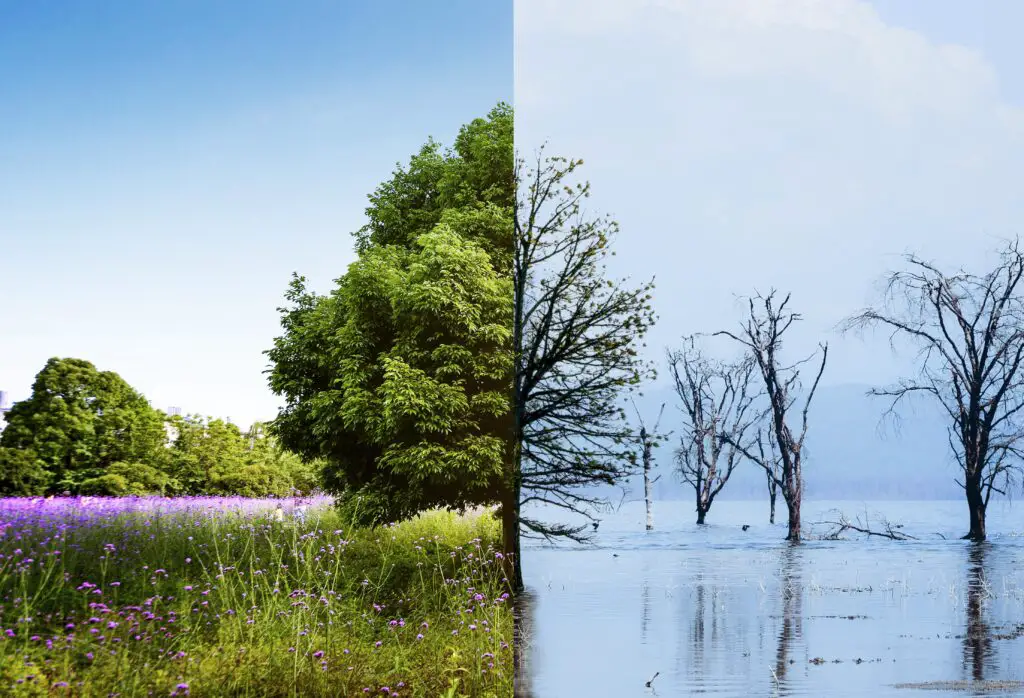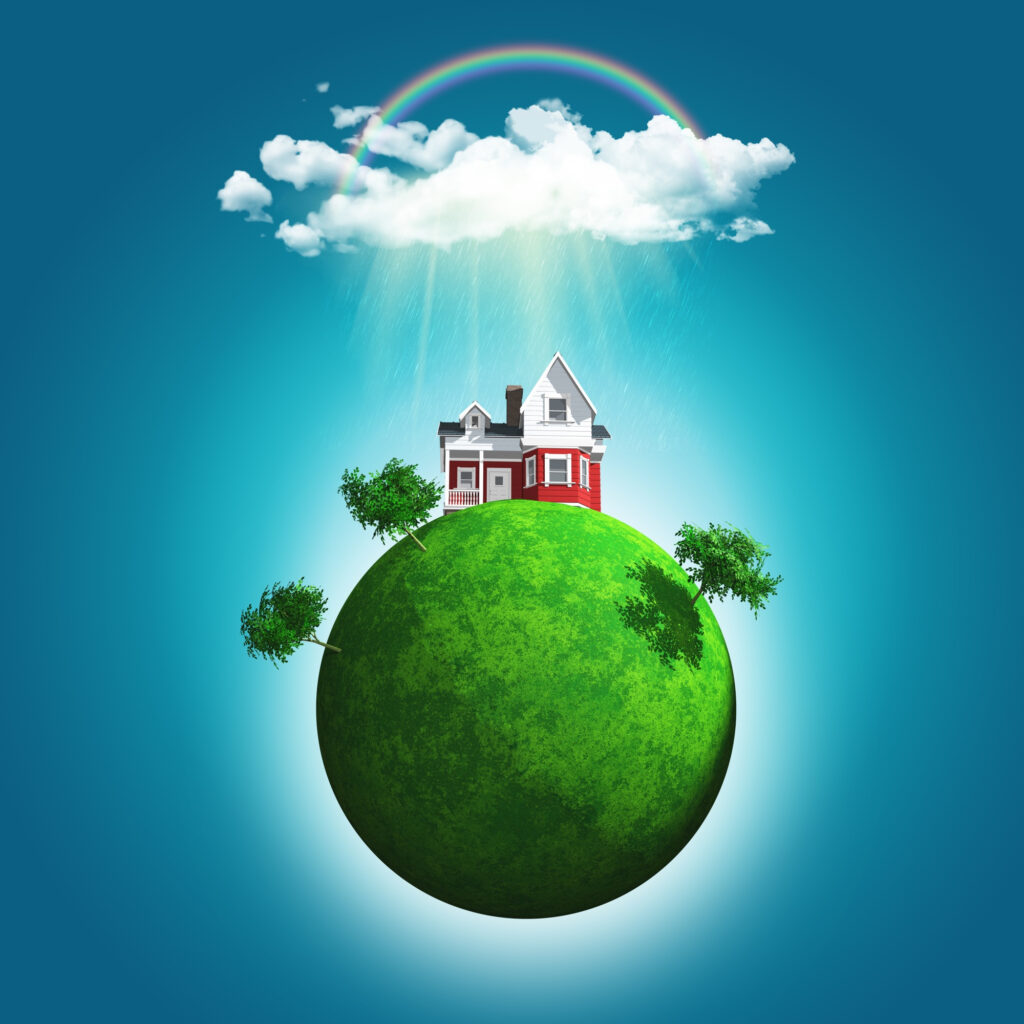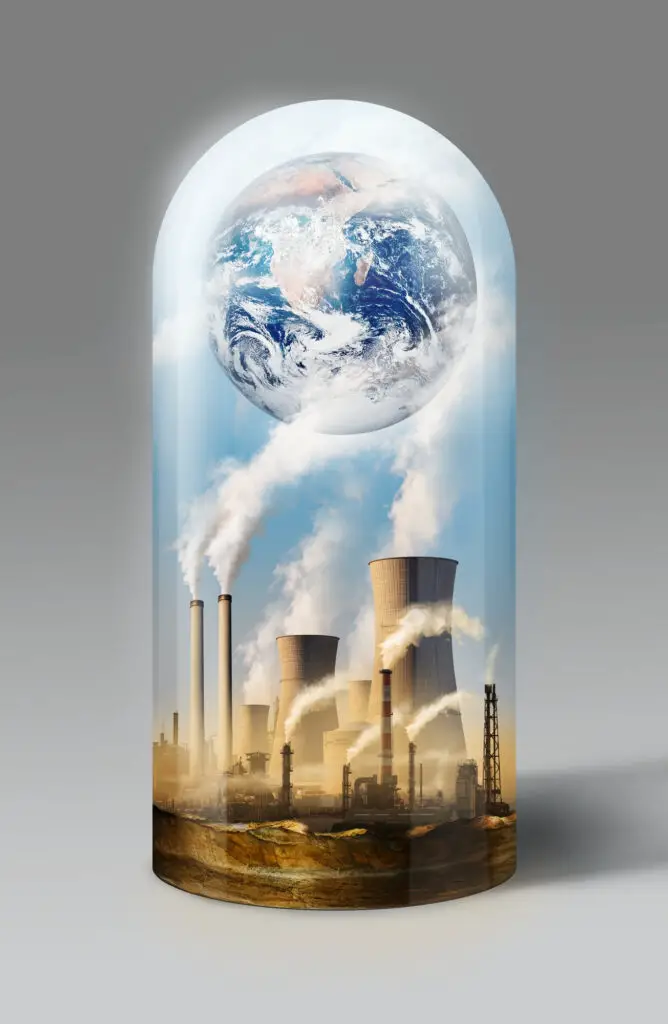What is Climate change : urgent action need 5 step
Introduction
Climate change is a important topic that affects all of us, but it can be hard to understand. In simple and sweet terms, climate change refers to long-term change in temperature, weather patterns, and other aspects of the Earth’s climate. daily weather changes, which can different from day to day, climate change happens over much longer periods(around 30 year average )
Why should we care about climate change? Because it impacts on everything from the food we eat and the weather we feel to the health of our earth and future generations. By understanding what climate change is and how it works, we can make better choices to protect our environment and improve our planet life.
What is Climate Change?
Climate change refers to long-term changes in the Earth’s climate, which includes patterns of temperature, precipitation (rain and snow), and other weather conditions. day-to-day weather changes we feel , climate change happens over decades or even centuries.
To understand climate change, think of the Earth’s climate as a big, complex system made up of many parts, including the atmosphere, oceans, air , and land. This system naturally changes over time, but recently, human activities and development have been speeding things up.

One major driver of climate change is the increase in greenhouse gases, like carbon dioxide (CO2) and methane(CH4), in the atmosphere. These gases trap heat from the sun, so result is continue increase temperature of earths. This is known as the greenhouse effect. While the greenhouse effect is a natural process that helps keep our planet hot enough to support life, human activities—such as burning fossil fuels, vehicle emission , man made activities, deforestation, and industrial processes—have increased the concentration of these gases,its directly connect to the climate. Example : if the gases concentration is very high in air its is directly effect on atmosphere and issue with human health.
climate change is the long-term alteration in the Earth’s climate caused by these human activities, and it can result in more hot and cool weather, rising sea levels, and changes in ecosystems ,loss of biodiversity . Understanding what climate change is helps us recognize the importance of taking action to address it.
The Science Behind Climate Change
To understand climate change, it helps to know about how the Earth’s climate system works. Think of the Earth like a greenhouse. Just like a greenhouse traps heat to keep plants warm, our atmosphere traps heat to keep our planet warm enough for life.
how it works:
- Greenhouse Gases a reason for climate change: The Earth’s atmosphere contains gases like carbon dioxide (CO2), methane(CH4), and water vapor. These gases are known as greenhouse gases because they trap heat from the sun. When sunlight reaches the Earth, it heat the surface. Some of this radiated back into the atmosphere. Greenhouse gases capture this hot wave preventing it from escaping into space, which keeps our planet warmer.
- Human Activities: Over the past century, human activities have increased the concentration of these greenhouse gases. For example, when we burn fossil fuels like coal, oil, and gas for energy, vehicle emission we release a lot of CO2 into the atmosphere. Cutting down forests also contributes to this problem because trees absorb CO2. Without enough trees, more CO2 stays in the air.
- The Greenhouse Effect: Imagine your car parked outside on a sunny day. The sunlight comes through the windows and warms up the inside, but the heat gets trapped and makes the car hot. Similarly, the extra greenhouse gases in the atmosphere trap more heat than usual, causing the planet to warm up over time. This is called the greenhouse effect.
- Examples of Impact: This warming several changes in our climate. Like melting glaciers and ice caps contribute to rising sea levels, which can cause flooding in coastal areas. Warmer temperatures also lead to more intense heatwaves, changing weather patterns, and more frequent storms.

Historical Context
Understand how our awareness of climate change has evolved helps us see why it’s such a big issue today.
- Early Observations: People have always noticed changes in weather and climate, but it wasn’t until the 19th century that scientists not know in deeply . For example, in the 1800s, scientists like John Tyndall and Svante Arrhenius discovered that certain gases in the atmosphere, like CO2, could trap heat. This was the beginning of understanding the greenhouse effect.
- Industrial Revolution: 1st ,2nd ,3rd Industrial Revolution, which started in the late 18th century, brought major changes. Factories, cars, and power plants began burning fossil fuels on a large scale, emission of vehicle pollution This increased the amount of CO2 and other greenhouse gases in the atmosphere. people began to notice these changes, the focus was more on progress and development rather than environmental impact.
- Growing Awareness: mid-20th century, scientists started to see clearer evidence that human activities were affecting the climate. In the 1970s and 1980s, research show that the increase in greenhouse gases was leading to global warming. Events like the 1979 National Academy of Sciences report and the first Earth Summit in 1992 raised public awareness and urged action.
- Modern Era: In recent decades, the science of climate change has become more precise. We now have advanced technologies and satellite data(example : insat3d) that show clear evidence of warming temperatures, melting ice, and rising sea levels. Major international agreements like the Kyoto Protocol (1997) and the Paris Agreement (2015) represent global efforts to address climate change.
- Examples of climate Change: For instance, before the Industrial Revolution, global temperatures were relatively stable. But since then, the average temperature has risen significantly. The shrinking of glaciers, more frequent and severe heatwaves, and rising sea levels are all signs of this change. Cities like Miami and New York are experiencing more flooding due to rising sea levels, showing how climate change impacts are becoming more apparent.
the historical context of climate change helps us understand how our awareness and scientific knowledge have evolved. It also shows how human activities directly connected to the climate change process .

Impact & effect of Climate Change :
- Rising Temperatures
- Melting Ice Caps and Glaciers
- Rising Sea Levels
- More Extreme Weather Events
- Changing Precipitation Patterns
- Impact on Ecosystems and Wildlife
- Effects on Agriculture
- Human Health Risks
- Economic Costs
- Displacement and Migration
Future Projections
- Continued Warming: Global temperatures are projected to keep rising. By the end of this century, temperatures could increase by 1.5 to 4.5 degrees Celsius (2.7 to 8.1 degrees Fahrenheit) depending on our actions to reduce greenhouse gas emissions. For example, if current trends continue, cities like polluted could experience even more extreme heatwaves.
- Weather: This means stronger storms, heavier rainfall, and more intense heatwaves. For instance, if sea temperatures continue to rise, hurricanes could become more powerful, causing greater damage when they make landfall.
- up Sea Level: Sea levels are projected to rise by about 0.3 to 1 meter (1 to 3 feet) by 2100. This will lead to increased flooding and erosion in coastal areas. Places like Venice and New Orleans might see more frequent flooding, and low-lying island nations could face severe challenges or even become rundown.
- Melting Ice and Glaciers: The melting of polar ice and glaciers is expected to continue. This will contribute to further sea-level rise and reduce the availability of freshwater in regions that trust on glacier melt. For example, the Himalayan glaciers, which provide water to millions of people in Asia, could shrink significantly, impacting water supplies.
- Changes in Ecosystems: Many ecosystems will continue to change as temperatures rise and weather patterns shift. Some species might struggle to survive or migrate, leading to changes in biodiversity. Coral reefs, which are already experiencing bleaching, could face further degradation, affecting marine life that depends on them.
- Impact on Agriculture: Farming could become more challenging due to changed weather patterns and increased temperatures. Crops may suffer from heat stress and changes in water availability. For instance, regions that grow coffee, like Brazil and Ethiopia, might find it increasingly difficult to maintain suitable conditions for coffee plants.
These future projections highlight the importance of taking action now to mitigate and adapt to climate change. By reducing emissions and preparing for these changes, we can help lessen the impact on our planet and our lives.

Mitigation and Adaptation
To talk the challenges of climate change, we need to focus on two key strategies: mitigation and adaptation.
Mitigation
1.Reducing emissions
2.Improving Energy Efficiency
3.Protecting and Planting Trees
4.Reducing Waste
Adaptation
- Building Resilient Infrastructure
- Adjusting Agricultural Practices
- Protecting Natural Habitats
- Improving Disaster Preparedness
- Promoting Community Resilience
By combining both mitigation and adaptation strategies, we can work towards reducing the intensity of climate change and better prepare ourselves for its impacts. Taking action now not only helps protect the environment but also ensures a more sustainable and secure future for everyone.
Conclusion
By learning about climate change, we see that it’s not just a reserved problem but one that is impacting us right now. Cities are facing more floods, farmers are dealing with random weather, and wildlife is struggling to adapt. But there’s hope and action we can take.
Mitigation—reducing the factors that contribute to climate change, like cutting greenhouse gas emissions and using renewable green energy—can help reducing the warming of our earth. Adaptation—adjusting our systems and preparing for the changes.
The choices we make today, from the energy we use to the way we manage our resources, will design the world we leave for future generations. It’s up to each of us to be informed, make sustainable choices, and support policies that address climate change. Together, we can work towards a better, more strong planet and ensure a better future for all.

Pingback: The Climate Change Effect: What It Means for Our Future